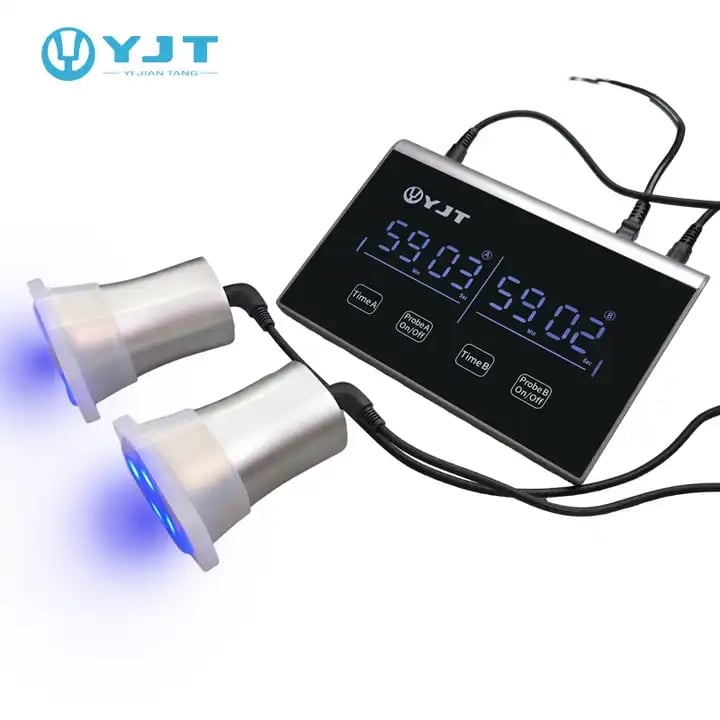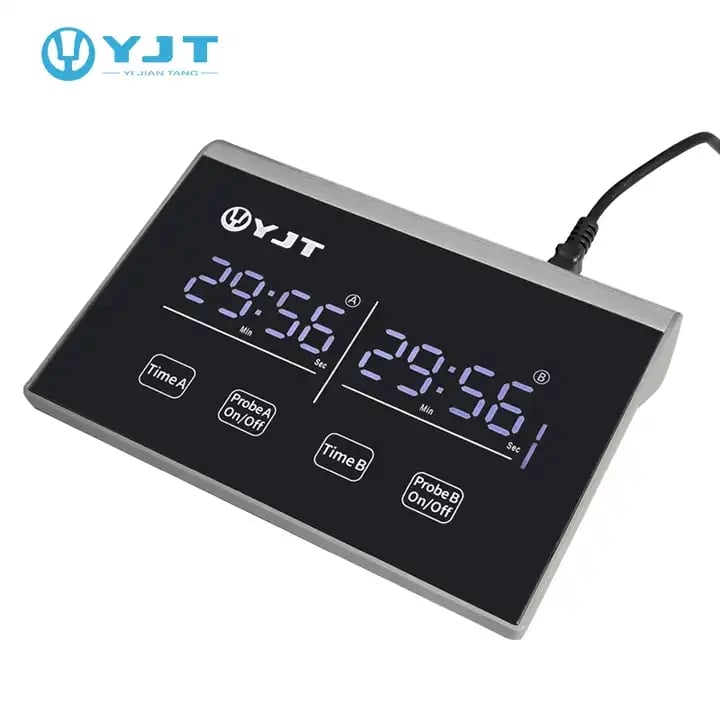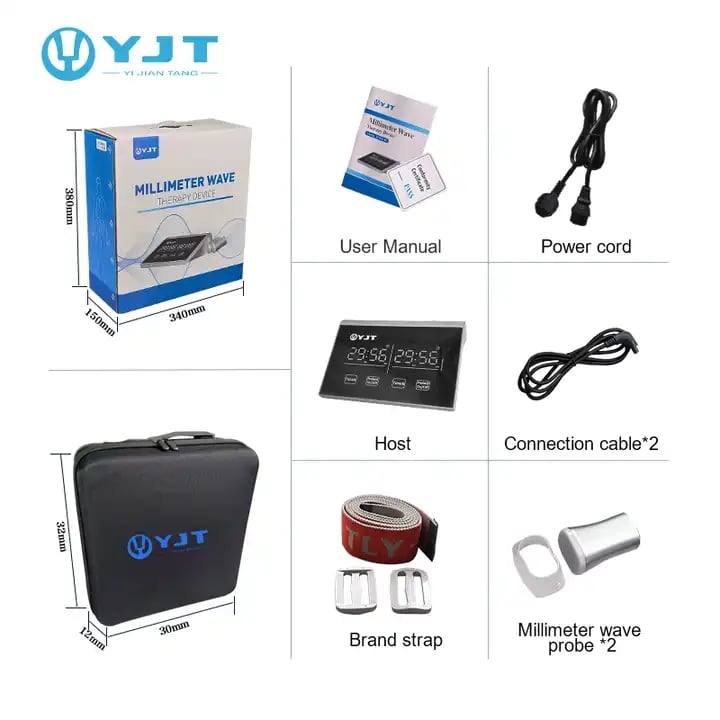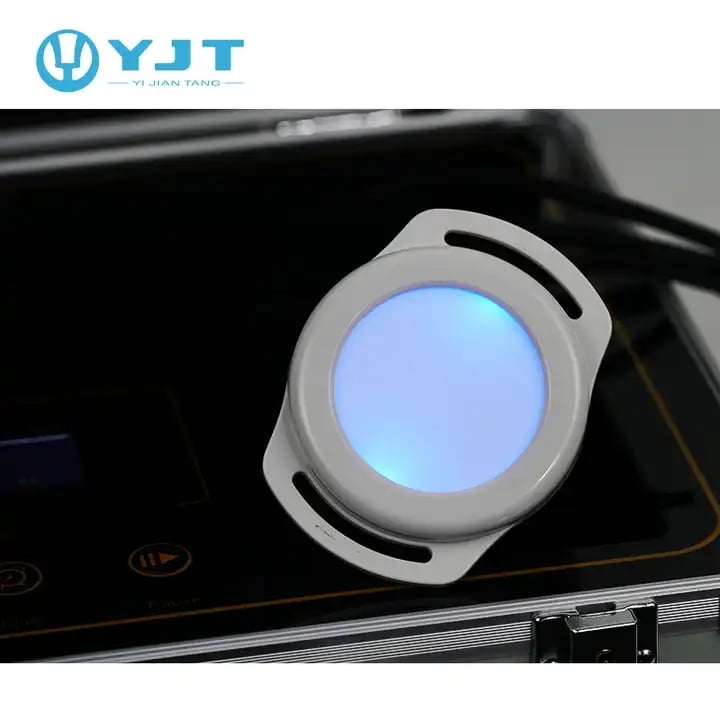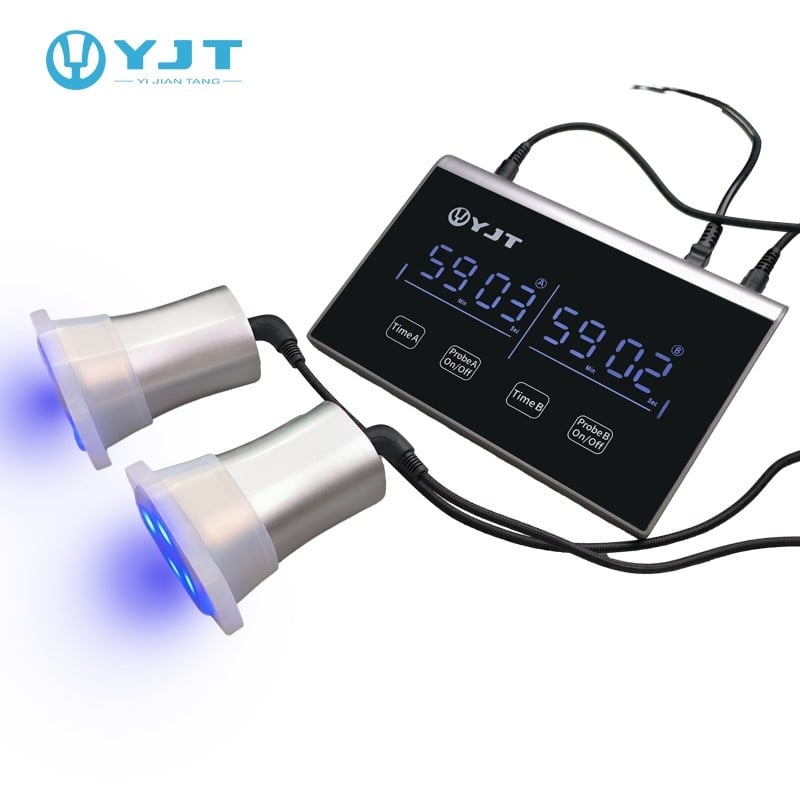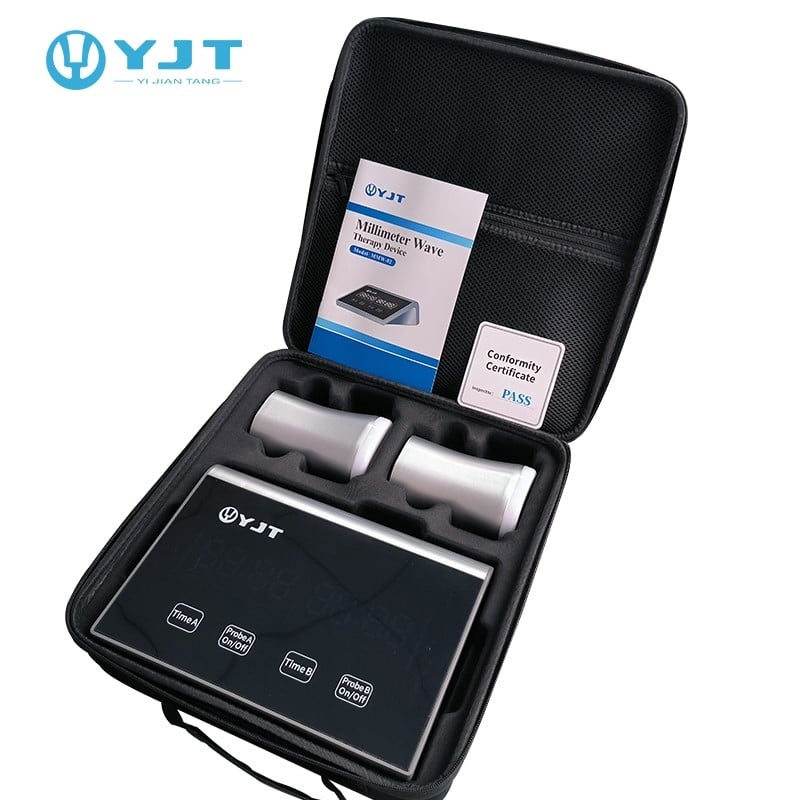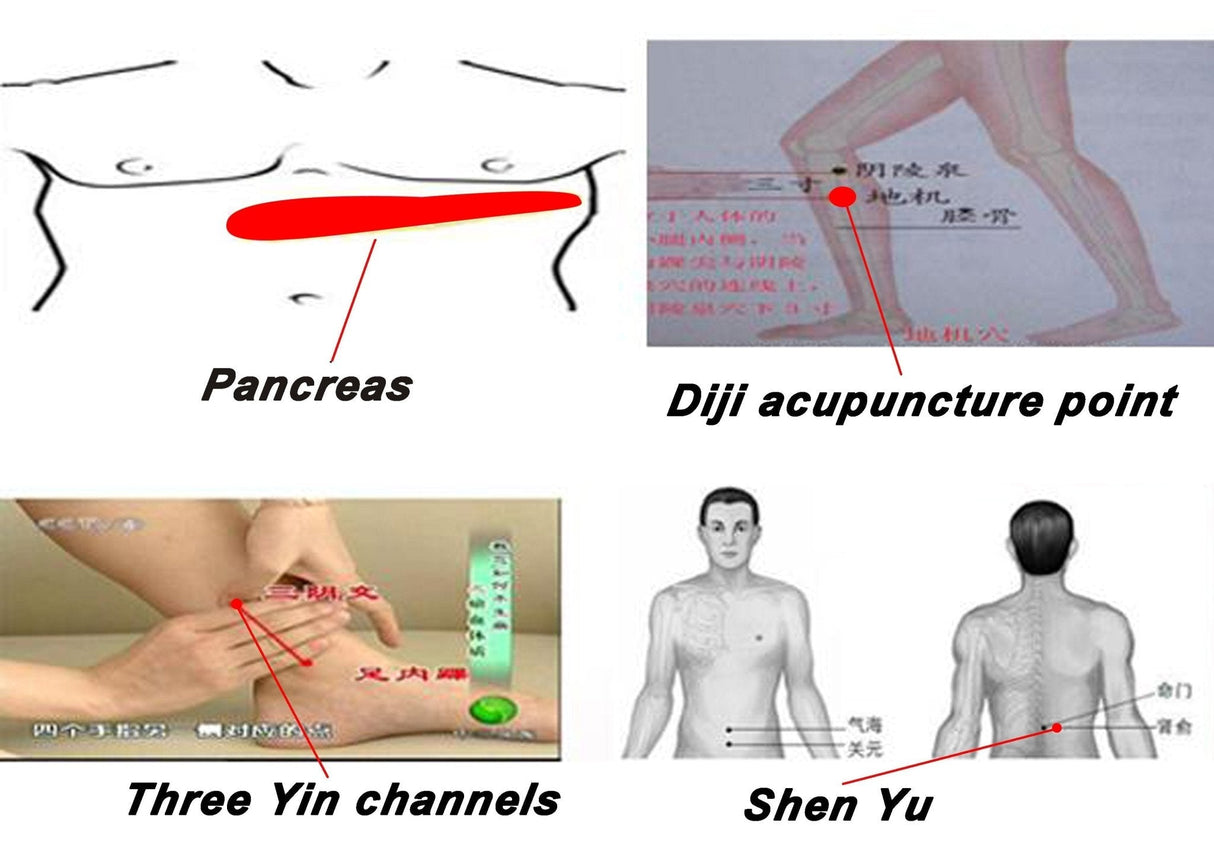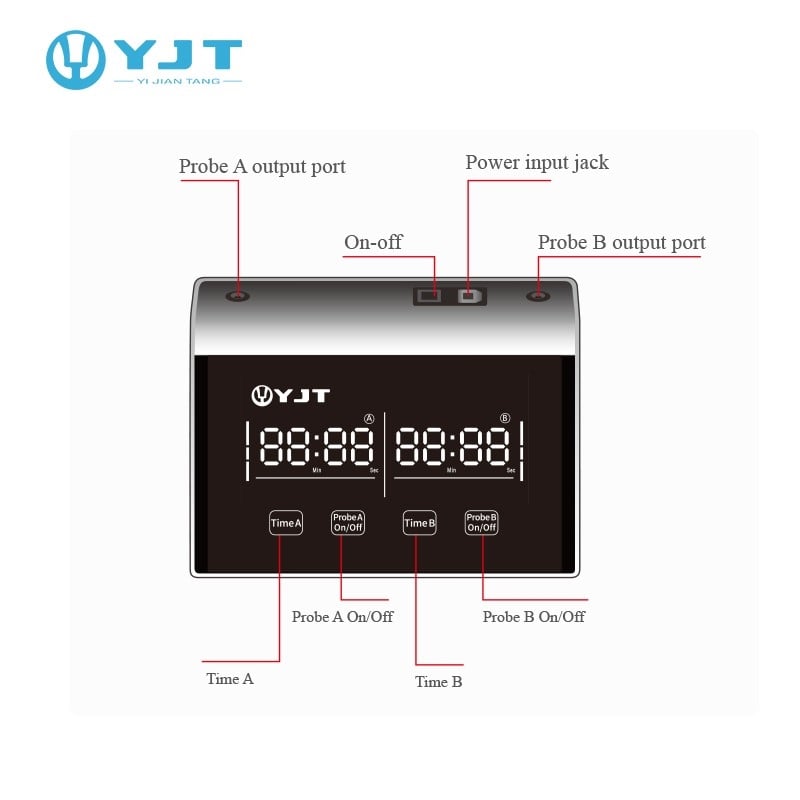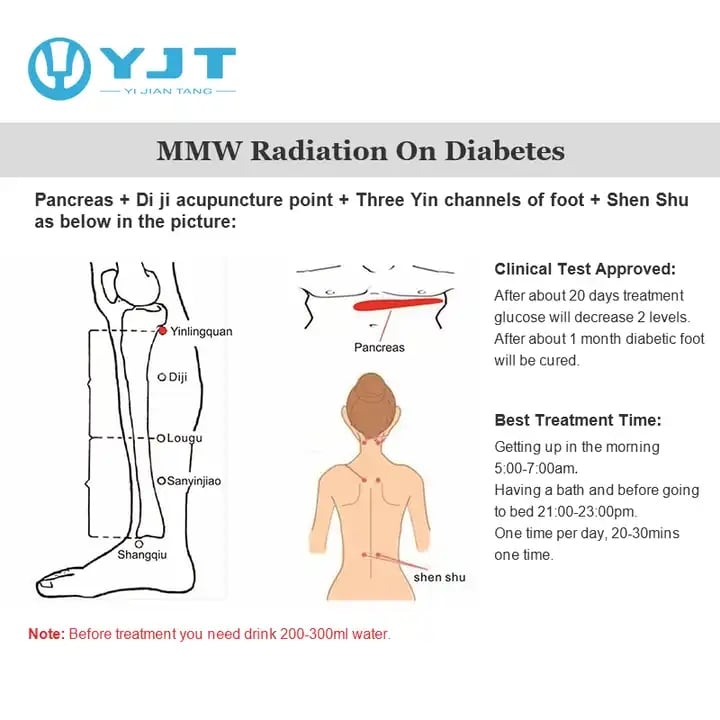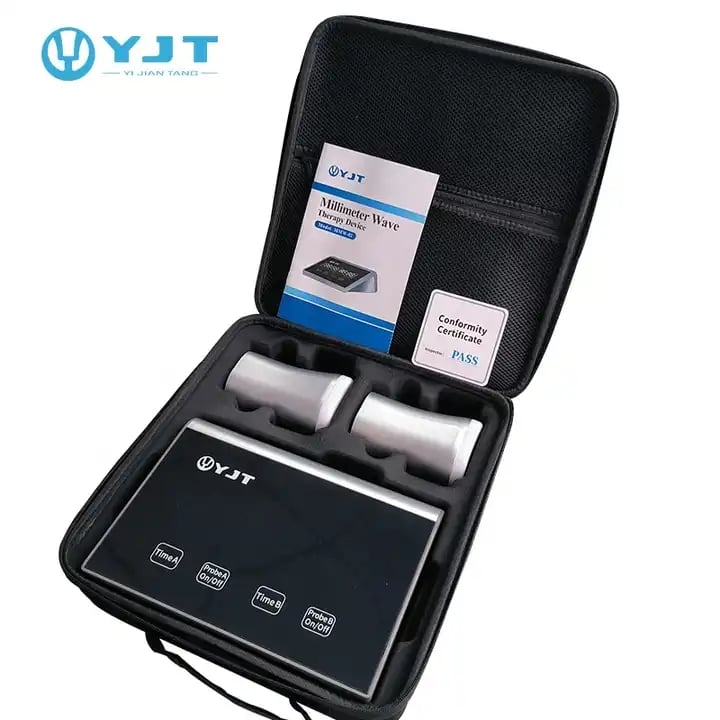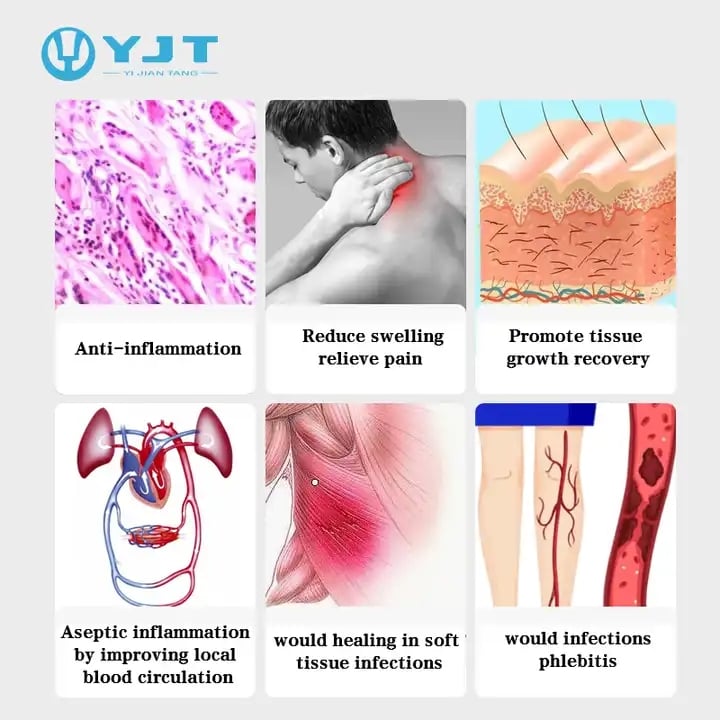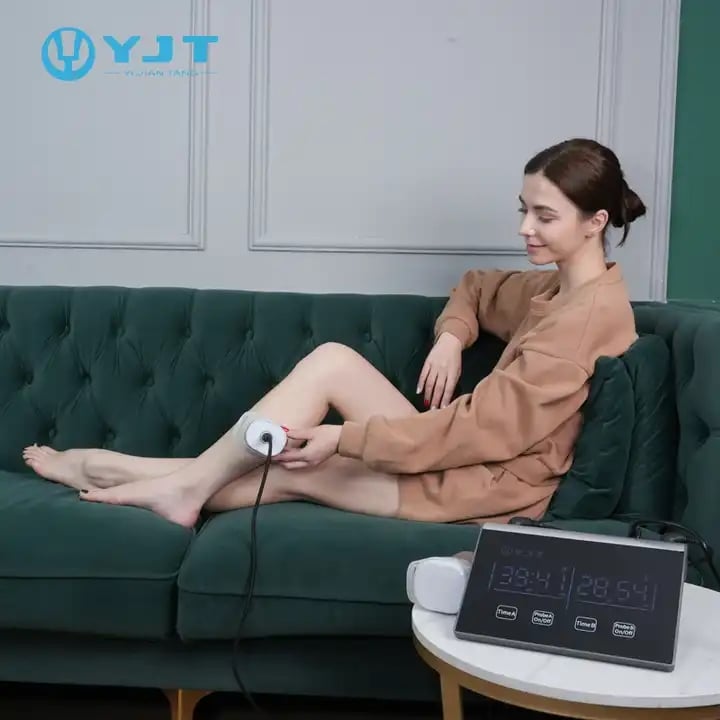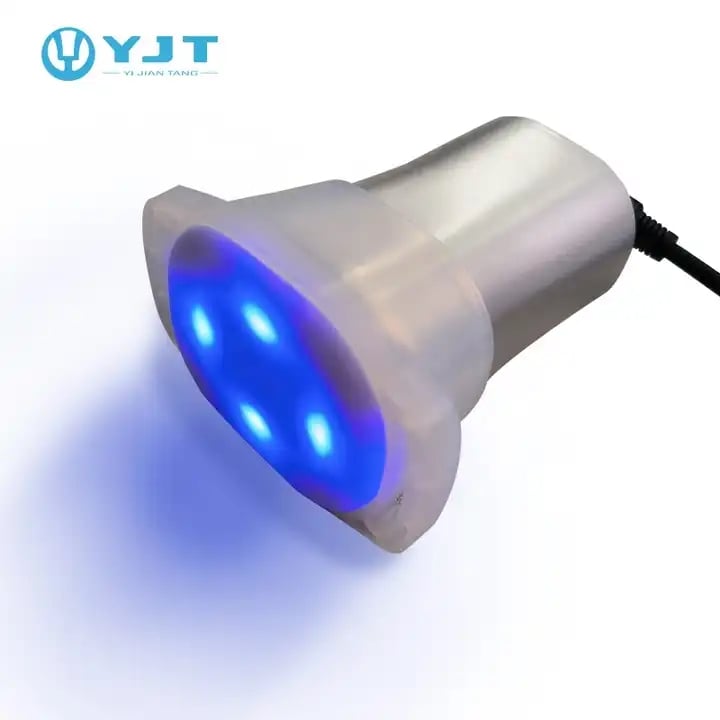The references cover research on the biological effects of millimeter waves on the human body and their potential for the treatment of various diseases, including pain, cancer, and inflammatory conditions:
-
Jing, Rui et al. (2023). "Advances in Millimeter-Wave Treatment and Its Biological Effects Development." International Journal of Molecular Sciences. This comprehensive review analyzes both thermal and non-thermal effects of millimeter waves and their therapeutic potential in the treatment of diseases such as cancer, pain, and immunomodulation. [PMID: 39201326]
-
Alekseev, S.I. & Ziskin, M.C. (2003). "Local Heating of Human Skin by Millimeter Waves: A Kinetics Study." Bioelectromagnetics, 24:571-581. This study focuses on the effects of millimeter wave therapy on the skin and its potential to induce local heating, which may be relevant for various therapeutic applications.
-
Pakhomov, A.G. et al. (1998). "Current State and Implications of Research on Biological Effects of Millimeter Waves." Bioelectromagnetics, 19:393-413. A review of the literature on the biological effects of millimeter waves, including their ability to affect the nervous system and induce hypoalgesia (pain relief).
-
Radzievsky, A.A. et al. (2004). "Millimeter Wave-Induced Suppression of B16F10 Melanoma Growth in Mice: Involvement of Endogenous Opioids." Bioelectromagnetics, 25:466-473. This study investigates the ability of millimeter waves to inhibit the growth of melanoma in mice, and indicates potential anti-cancer properties.
-
Shui, Xiao-Ping et al. (2023). "Effects of millimeter-wave for preventing joint stiffness in the immobilized knee rat model." Knee, 37(3):180-189. This study shows how millimeter wave therapy can prevent joint stiffness and muscle atrophy in a knee joint model in rats, and points to its application for musculoskeletal diseases.
-
Ziskin, M.C. & Pakhomov, A.G. (2004). "Medical Applications of Millimeter Waves." Life Sciences, 66:2101-2111. The study explores the medical applications of millimeter waves, including their effect on pain reduction and modulation of physiological processes.
-
Szabo, I. et al. (2004). "Destruction of Cutaneous Melanoma with Millimeter Wave Hyperthermia in Mice." IEEE Transactions on Plasma Science. This study shows the potential for using millimeter wave therapy to destroy melanoma through hyperthermia.
These references provide a broad understanding of how millimeter wave therapy can be used in medical applications, including pain relief, cancer treatment, and the treatment of musculoskeletal disorders. Further research is needed to fully understand the non-thermal mechanisms and optimize treatment protocols.
